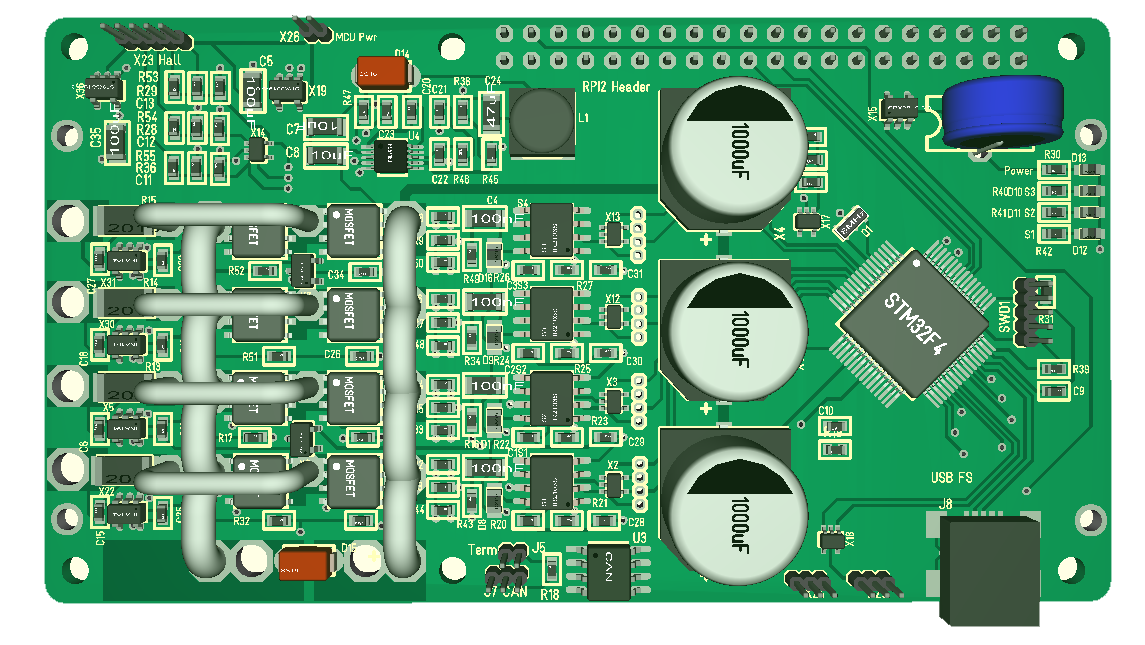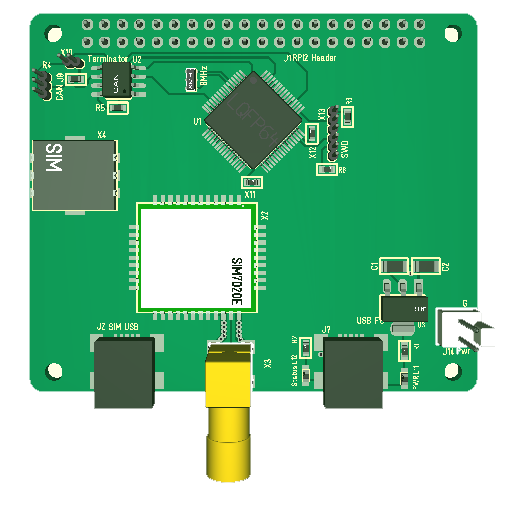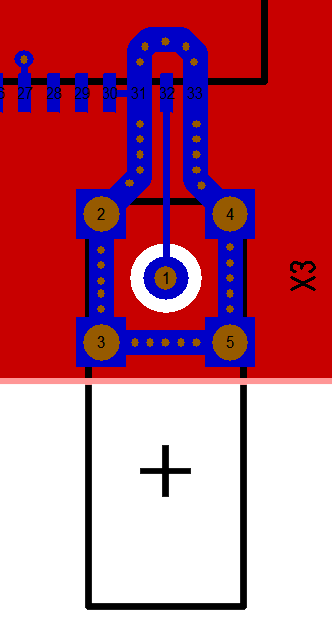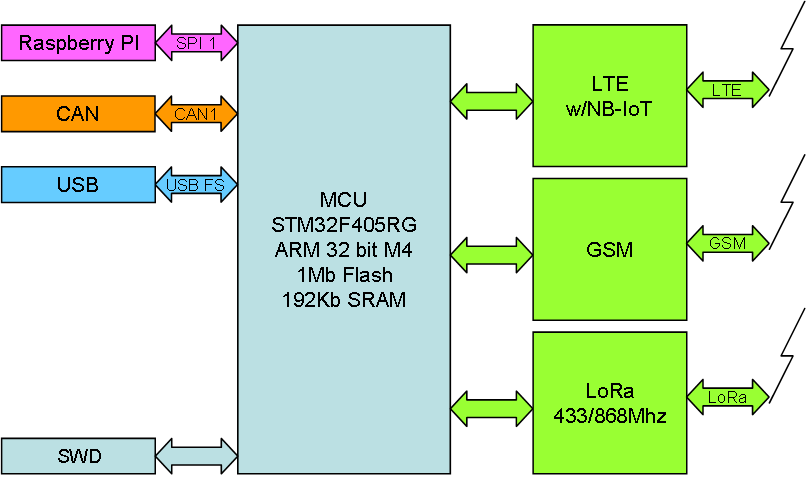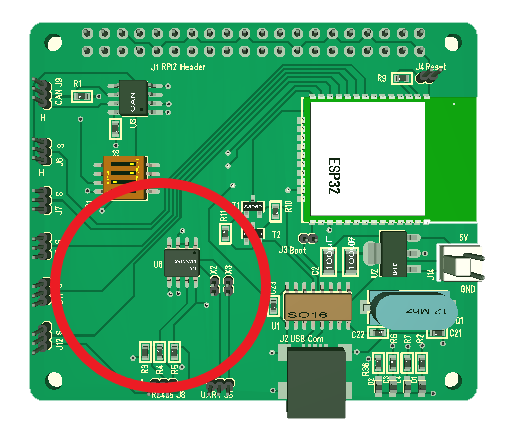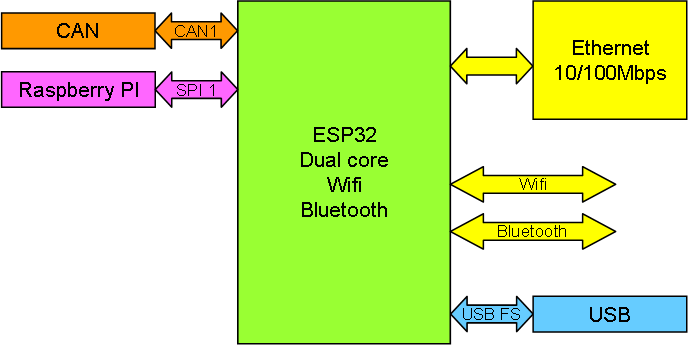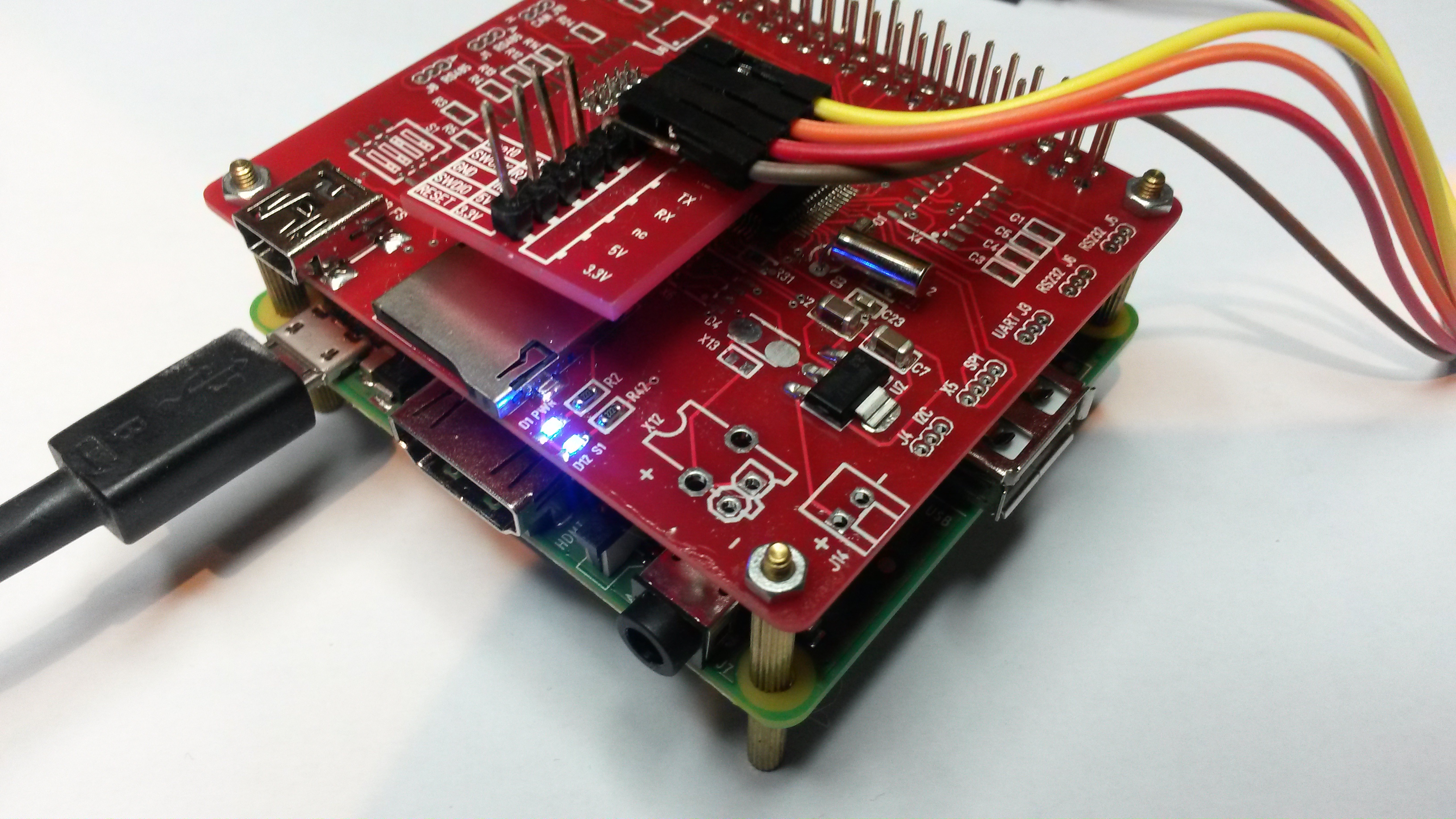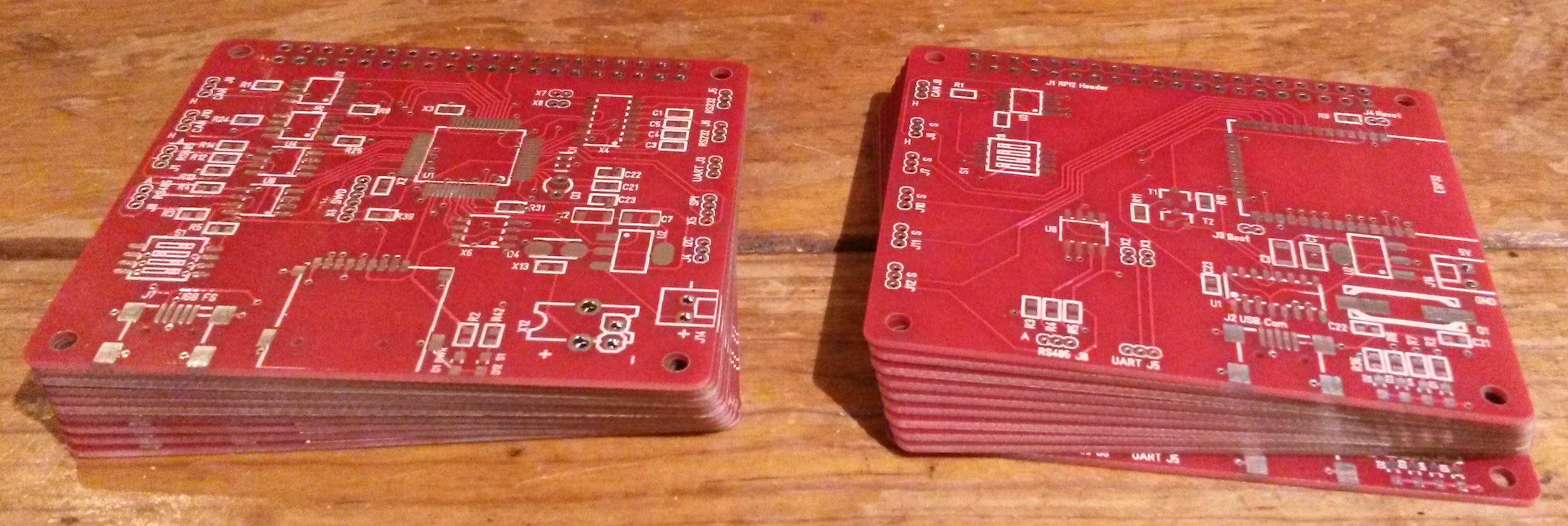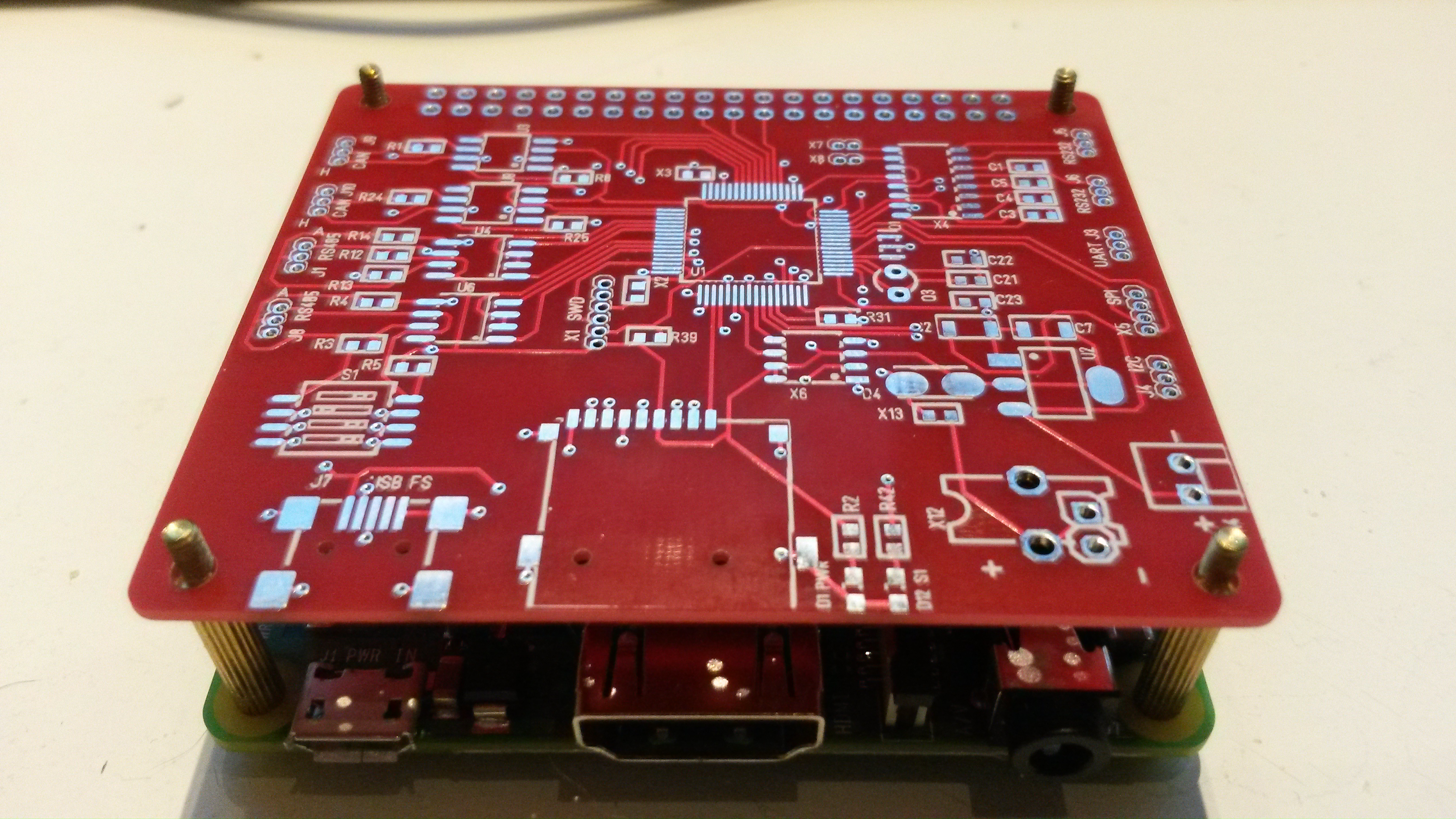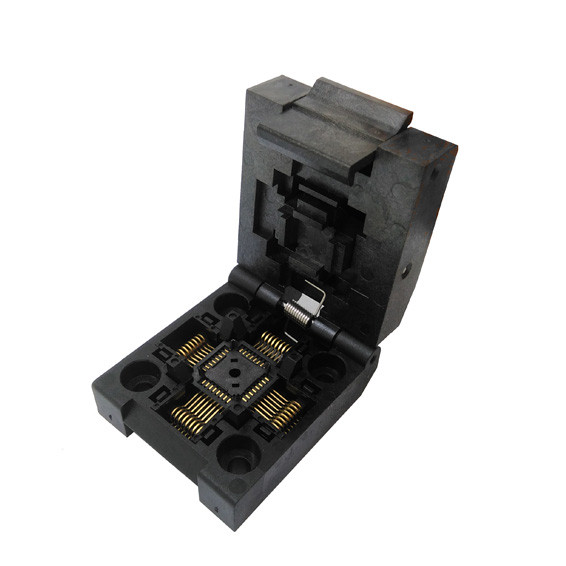
One of the challenges I face is that batches with MCU’s from Asia are dodgy. This has been specially bad on STM32F405RG so I want to make myself a MCU tester for Rx and Cx series. I just tried to wire one and it kind-off works, but SWD wiring get to dodgy so I need to make a proper PCB.
I have one of these laying around and have ordered a few more, but I need to remove the breakout board and mount it on a dedicated test PCB.
- Power and ground connected. Using a USB as power connector.
- VCAP capacitors with switch so I can test both STM32F1 and STM32F4.
- Led on all pins
- Proper SWD connector – short cables. Rather than the 1.27 header I can use a 2.54 and plug ST-Ling/V2 straight on the board.
- 8 or 16Mhz x-tal mounted.
- UART1 connected on a connector so I can run a standard application and display some test IO.
- Header rows for all pins.
It is so many functions on a STM32FxxxRx MCU that it is difficult to test them all, but the application above will get me airborne knowing that the MCU looks decent before I solder it on.
A STM32F405RG has a factory price of 5.8.- USD from ST and I would gladly pay that price, but before I receive a MCU from a distributor it cost me 17.- USD all included. So I use Asian sources. The challenge is that MCU factories also are in Asia and many people earn a few extra bucks by selling factory rejects. For prototyping many of these are “ok”, but then you have those that are not.
I faced the same issue with MOSFET’s earlier, but discovered that it was cheaper getting the MOSFET’s from Arrow so I had a bit of luck. Buying a STM32F405RG from Asia you get them down in 3.8.- USD these days. With a tester I can test them straight away and slam bad batches by claiming my money back and avoid the loss.
I will need to build the tester for each MCU, but I can probably sell of a few of these testers as well because I am not the only hobbyist or professional needing this and this type of equipment do cost money.
In fact, I can probably use 1-2 MCU’s to auto-test a 3rd MCU, but that us fun for later.
